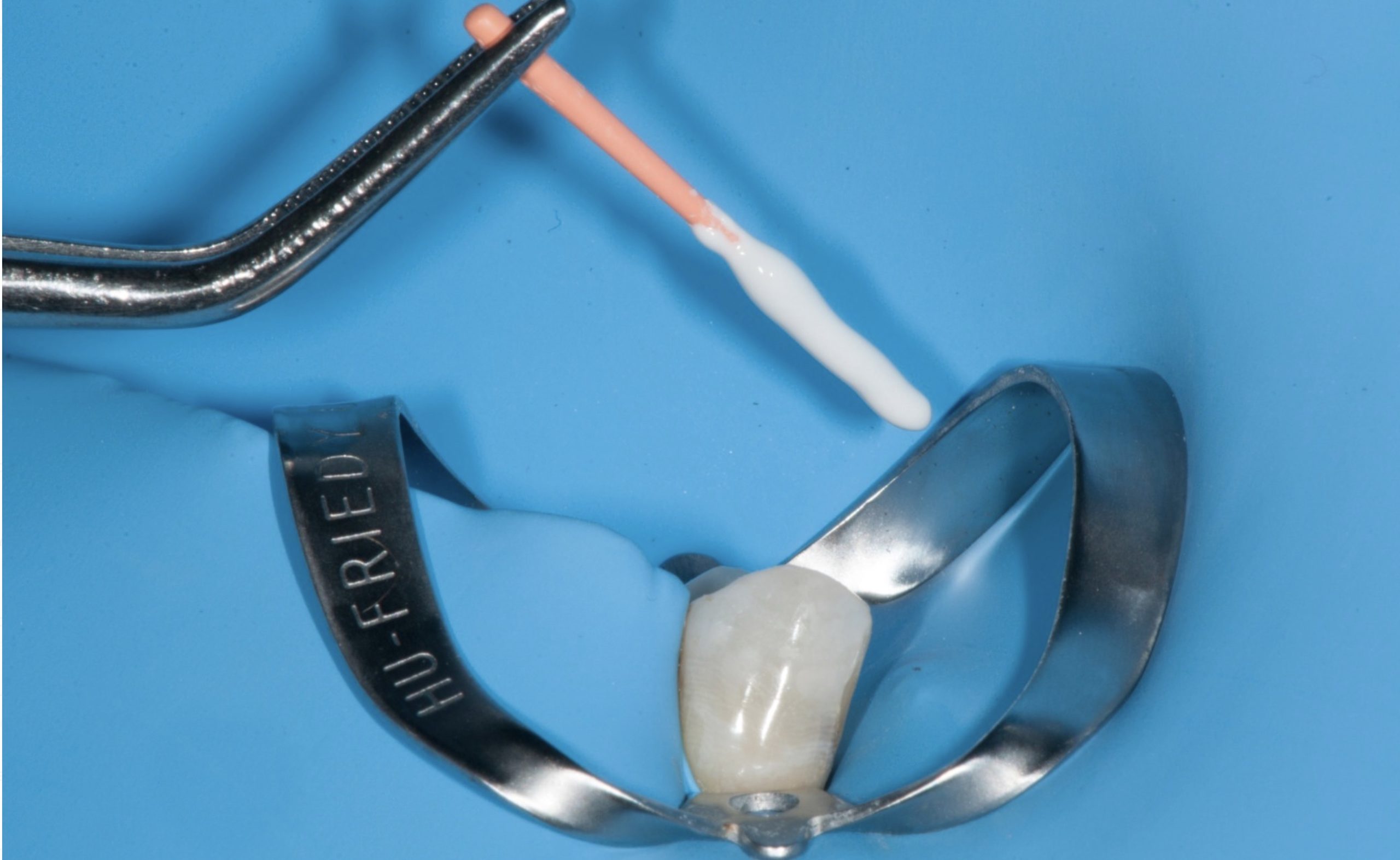This article reports on an Endodontic treatment of obliterated teeth using a static guided endodontic (GE) technique. The aim is to demonstrate the benefits and limits of static guided endodontics. […]
 Treatment of obliterated root canals using Guided Endodontic technique. A case report
Treatment of obliterated root canals using Guided Endodontic technique. A case report
This article reports on an Endodontic treatment of obliterated teeth using a static guided endodontic (GE) technique. The aim is to demonstrate the benefits and limits of static guided endodontics. […]
 Smart ledge crossing with FANTA files
Smart ledge crossing with FANTA files
During preparation ledges are inadvertently created and make further instrumentation more difficult as file tips snag in the ledge rather than progressing smoothly to the working length. Stiff instruments or […]
 External root resorption: is intentional replantation a real option? A case report
External root resorption: is intentional replantation a real option? A case report
External cervical resorption (ECR) is initiated on the external aspect of the root, usually apical to the epithelial attachment. It is often aggressive in nature, resulting in significant loss of […]
 Apicoectomy of an implant?
Apicoectomy of an implant?
When the endodontic lesion involves the apex of an implant in addition to the one of the tooth, a retrograde peri-impantitis can be established. Retrograde peri-implantitis (RPI) is a primary […]
 Direct class III restoration using Reflectys composite
Direct class III restoration using Reflectys composite
The reconstruction of an anterior tooth is always a challenge, since the aesthetic requirements of our patients are high and we have to take into account several aspects, such as […]
 Thermafil carrier retrieval using a lasso technique
Thermafil carrier retrieval using a lasso technique
Endodontic treatment failure may occur due to numerous reasons, such as missed canal anatomy and insufficient disinfection, resulting in periapical infection. The use of cone beam computed tomography is invaluable […]
 Direct restoration of an endodontically treated tooth with Itena Reflectys composite and Quick bond adhesive system
Direct restoration of an endodontically treated tooth with Itena Reflectys composite and Quick bond adhesive system
Adhesive dentistry changed the way we approach the rehabilitation of endodontically treated teeth. Adhesives and composites have permitted more conservative protocols for repairing severely damaged teeth by reducing the invasiveness […]
 Finding the MB2 canal
Finding the MB2 canal
In this clinical case I want to emphasize the importance of the instruments and the impact they give us during endodontic treatments, which are often complicated where the help of […]
 Bioceramic sealers application: the ultimate guide
Bioceramic sealers application: the ultimate guide
Warm and cold Gutta percha in combination with various types of root canal sealers have been considered the dominant techniques since the mid nineteenth century. With the advent of Bioceramic […]
 Long canal obturation: tips and tricks
Long canal obturation: tips and tricks
Root canals whose length is more than 23 mm are considered as long. When the clinician faces this kind of teeth there are some aspects to take into consideration, from […]
 Managing a slightly calcified maxillary molar: Step by step with the Smart Endo Kit
Managing a slightly calcified maxillary molar: Step by step with the Smart Endo Kit
Pulp canal obliteration or calcific metamorphosis is a pulpal response to trauma characterized by a rapid deposition of hard tissue within the canal space. It can occur as a result […]
 A trauma story
A trauma story
This is the story of an injured upper right later incisor. Due a surgical approach, a lateral incisor root has been accidentally cut in two parts. In this case the […]